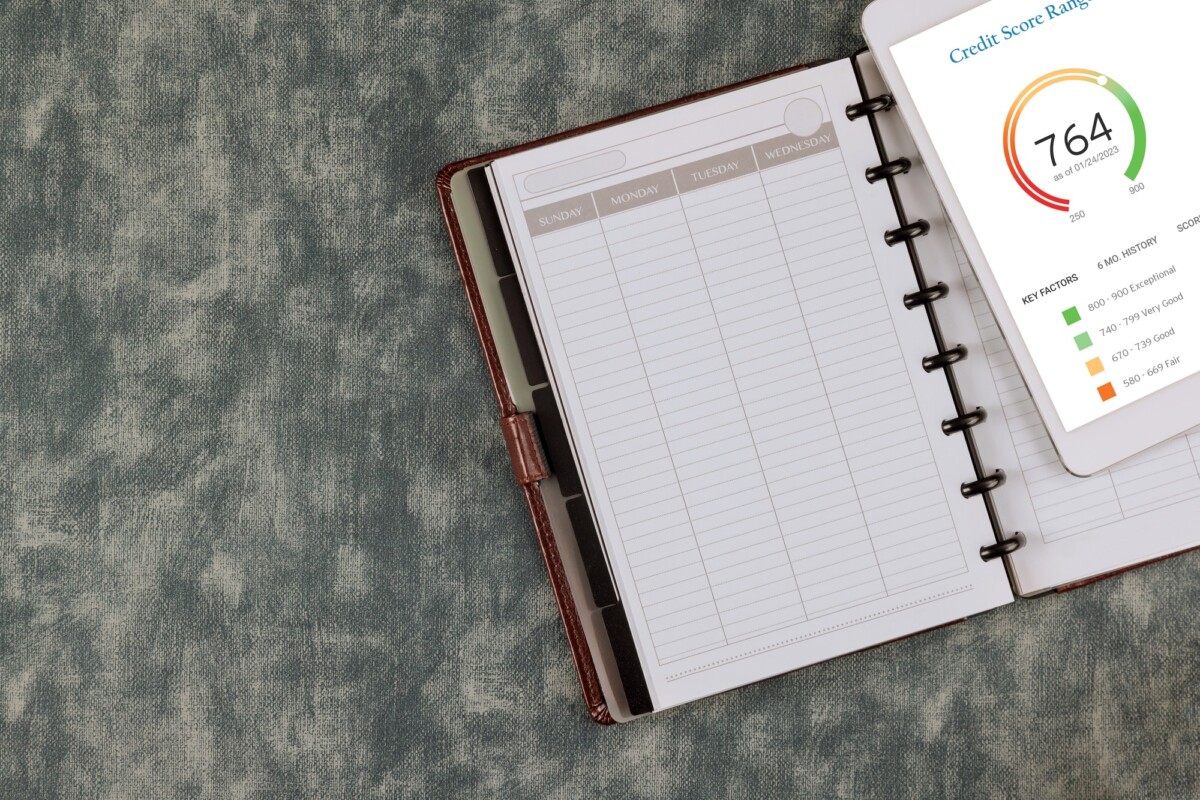The Trusted Choice for Cash Loans
Request Your Cash Advance or Personal Loan Now
The Trusted Choice for Cash Loans
Submit your information today!
Get lender-approved in as fast as 5 min!
Receive a decision as soon as the next business day!
Fast Funding
Get money as soon as the next business day

$ 300 Personal Loan: Rates, Terms, & Qualification Guide
Personal loans are a popular way to get quick access to cash. Whether it’s for an emergency or a small purchase, loans can be a lifesaver. One common loan amount people often seek is $300. Though it might seem like a small sum, a $300 personal loan can come in handy in various situations. This article will provide you with a guide on $ 300 personal loan, covering important aspects like $300 Personal Loan Rates, $300 Personal Loan Terms, and $300 Loan Monthly Payments.
What is a $300 Personal Loan?
A $300 personal loan is a small, unsecured loan that allows you to borrow $300 from a lender. These loans are usually short-term and have to be repaid within a few weeks or months. Since the amount is relatively small, the application process is often simple and quick.
Why Might You Need a $300 Personal Loan?
There are several reasons why you might need a $300 personal loan. Some common reasons include:
- Emergency Expenses: Unexpected bills or emergencies can arise at any time. A $300 loan can help cover these costs.
- Small Purchases: If you need to buy something small but don’t have the cash on hand, a $300 loan can help.
- Debt Consolidation: If you have small debts, you can use a $300 loan to consolidate them into one payment.
- Overdraft Protection: A small loan can help you avoid overdraft fees if your bank account is running low.
How to Qualify for a $300 Personal Loan
Qualifying for a $300 personal loan is generally easier than qualifying for larger loans. Here’s what you typically need:
- Basic Information: Lenders will ask for your name, address, and identification details.
- Proof of Income: You may need to provide proof of a stable income to show that you can repay the loan.
- Credit Check: Some lenders might check your credit score, but many small loan providers offer loans to those with less-than-perfect credit.
- Bank Account: Most lenders want you to have a bank account.
Where Can You Get a $300 Personal Loan?
There are various places where you can get a $300 personal loan. Here are some options:
- Banks: Some traditional banks offer small personal loans, but they may have stricter requirements.
- Credit Unions: Credit unions are member-owned & often offer lower rates on personal loans, including small loans like $300.
- Online Lenders: Many online lenders specialize in small loans, making it easy to apply and get approved quickly.
- Payday Lenders: Payday lenders offer small, short-term loans, but they often come with high interest rates.
$300 Personal Loan Rates
The interest rate on a $300 personal loan can vary depending on the lender, your score, & the loan terms. Here’s what you need to know about $300 personal loan rates:
- Interest Rate Range: Interest rates for $300 personal loans can range from 5% to over 400%. The rate depends on the type of lender and your credit profile.
- APR: The Percentage Rate (APR) includes both the interest rate and any additional fees. Payday loans, for example, often have very high APRs.
- Fixed vs. Variable Rates: Most $300 personal loans have interest rates, meaning the rate stays the same throughout the term.
- Impact of Credit Score: A higher credit score usually means a lower interest rate. If your credit score is low, you may face higher rates.
How to Compare $300 Personal Loan Rates
Comparing rates is essential to finding the deal. Here’s how you can compare $300 personal loan rates:
- Check Multiple Lenders: Don’t settle for the first offer you get. Check rates from different lenders, including banks, credit unions, and online lenders.
- Look at the APR: The APR gives you a more accurate picture of the loan cost since it includes fees and other charges.
- Read the Fine Print: Make sure you understand any fees, like origination fees & prepayment penalties.
- Consider Your Credit Score: If you have a good credit score, look for lenders that offer low rates to borrowers with good credit.

$300 Personal Loan Terms
The terms of a $300 personal loan refer to the conditions and rules of the loan. Understanding these terms is crucial before you borrow. Here are some key terms to be aware of:
- Loan Term Length: The term length is the amount of time you have to repay the loan. For a $300 personal loan, terms can range from a few weeks to a few months.
- Repayment Schedule: Some lenders require weekly payments, while others might offer bi-weekly or monthly payments.
- Fees: Be aware of any fees that might be included, such as origination fees, late payment fees, or prepayment penalties.
- Collateral: Most $300 personal loans are unsecured, meaning you don’t have to provide collateral. However, some lenders may require it.
How to Choose the Right Loan Term
Choosing the right loan term for your $300 personal loan ensures you can repay it comfortably. Here’s what to consider:
- Short-Term vs. Long-Term: A shorter loan term means you’ll pay less interest overall, but the monthly payments will be higher. A longer-term will lower your monthly payments but increase the total interest you pay.
- Budget: Consider how much you can afford to pay each month. Don’t choose a term that stretches your budget too thin.
- Interest Rate: Sometimes, the interest rate may be lower for shorter-term loans. Check if this applies to your loan.
- Flexibility: Some lenders offer flexible terms, allowing you to choose what suits your needs.
$300 Loan Monthly Payments
Monthly payments for a $300 personal loan depend on the loan term, interest rate, and fees. Here’s how to understand and calculate your monthly payments:
- Payment Calculation: To calculate your monthly payment, you can use a calculator or the formula: Payment = Principal + Interest ÷ Loan Term.
- Interest Impact: A higher interest rate will increase your monthly payment. For example, a loan with a 5% interest rate will have a lower payment than one with a 20% rate.
- Term Length Impact: A longer term will lower your monthly payment but increase the total amount you pay over the life of the loan.
- Fees Impact: Any fees added to the loan will increase your monthly payment. Make sure you account for these when calculating.
How to Lower Your Monthly Payments
If your monthly payments seem too high, there are a few ways to lower them:
- Extend the Loan Term: Increasing the length of your loan term will reduce your monthly payment, but you’ll pay more in interest over time.
- Improve Your Credit Score: A better score can help you qualify for lower rates, which can reduce your monthly payments.
- Negotiate with Lenders: Some lenders may be willing to meet the terms of the loan to make the payments affordable.
- Pay Down the Loan Early: If possible, pay extra towards the loan principal. This can reduce the amount of interest you pay and lower future payments.
Advantages of a $300 Personal Loan
There are several benefits to taking out a $300 personal loan:
- Quick Access to Cash: These loans are usually processed, giving you fast access to the money you need.
- No Collateral Needed: Most $300 personal loans are unsecured, meaning you don’t need to provide any collateral.
- Flexible Use: You can use the loan for anything, from paying bills to making small purchases.
- Credit Building Opportunity: If you repay the loan on time, it can help improve your score.
Disadvantages of a $300 Personal Loan
While there are benefits, there are also some downsides to consider:
- High-Interest Rates: Some $300 personal loans, especially payday loans, come with very high interest rates.
- Short Repayment Terms: Many small loans have short terms, which means higher monthly payments.
- Fees: Be aware of any fees that could increase the cost of the loan.
- Impact on Credit: If you miss payments, your credit score can be negatively impacted.
Tips for Managing a $300 Personal Loan
Managing a small loan like a $300 personal loan is essential to avoid falling into debt. Here are some tips:
- Create a Budget: Make sure you include your loan payment in your monthly budget.
- Set Up Automatic Payments: This ensures you don’t miss any payments and helps avoid late fees.
- Pay Extra if Possible: If you can, make extra payments to reduce the loan balance faster.
- Avoid Taking Multiple Loans: Taking out multiple small loans can lead to debt. Try to limit yourself to one loan at a time.
Why You Should Choose ExpressCash for Your $300 Personal Loan
- Fast and Easy Application: ExpressCash offers a quick and simple online application process, allowing you to get approved in no time.
- Competitive Rates: We provide competitive interest rates on $300 personal loans, ensuring you get a fair deal.
- Flexible Terms: Choose from various loan terms that fit your financial situation and repayment preferences.
- No Hidden Fees: At ExpressCash, there are no hidden fees or unexpected charges—what you see is what you pay.
- Quick Funding: Once approved, you’ll receive your $300 loan quickly, often within the same business day.
- No Collateral Required: Our loans are unsecured, so you don’t need to provide collateral to get the cash you need.
- Easy Repayment Options: We offer repayment options to help you manage your loan payments with ease.
- Excellent Customer Service: Our dedicated customer team is available to assist you with concerns.
Alternatives to a $300 Personal Loan
If you’re considering a $300 personal loan, it’s also worth looking at alternatives. Here are some options:
- Credit Cards: If you have a card with available credit, you might be able to use it instead of taking out a loan.
- Borrow from Friends or Family: If you’re comfortable doing so, borrowing from friends or family can be a low-cost alternative.
- Payday Advances: Some employers offer payday advances, allowing you to borrow against your next paycheck.
- Sell Items: If you have items you do not need, selling them can help you raise the $300 without needing a loan.
How to Avoid Needing a $300 Personal Loan
While personal loans can be helpful, it’s always best to avoid needing one if possible. Here are some ways to avoid needing a $300 personal loan:
- Build an Emergency Fund: Save a small amount each month to build an emergency fund. This can help you cover expenses without needing a loan.
- Cut Unnecessary Expenses: Review your budget and cut out any unnecessary expenses. The money you save can be used for emergencies.
- Use a Budgeting App: A budgeting app can help you track and identify areas where you can save.
- Plan for Irregular Expenses: Set aside money per month for expenses like car repairs or medical bills. This can help you avoid needing a loan when these expenses arise.
Conclusion
A $300 personal loan can be a useful tool in many situations, whether you need quick cash for an emergency or to make a small purchase. However, it’s essential to understand the loan rates, terms, and monthly payments before you borrow. By comparing different lenders and considering your repayment ability, you can find a loan that fits your needs. Remember to manage your loan carefully and consider alternatives if they better suit your situation. With the right approach, a $300 personal loan can be a resource when you need it most.
Choosing ExpressCash means opting for a personal loan experience that is fast, flexible, and focused on your needs.




